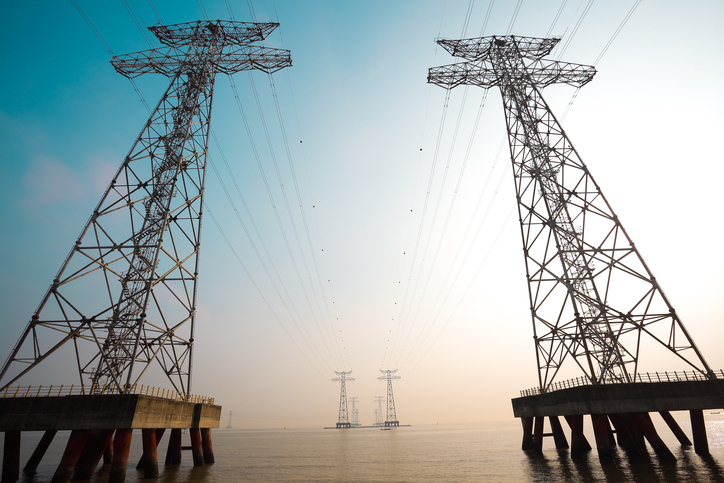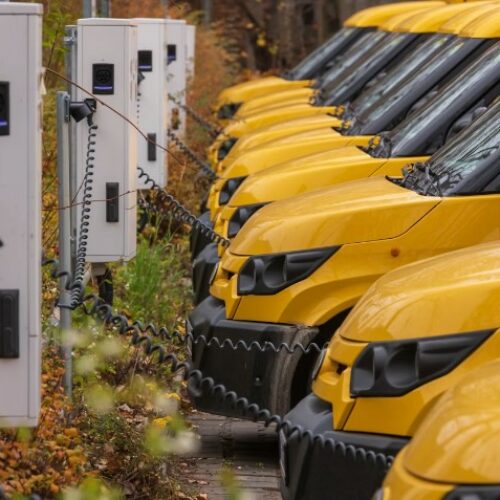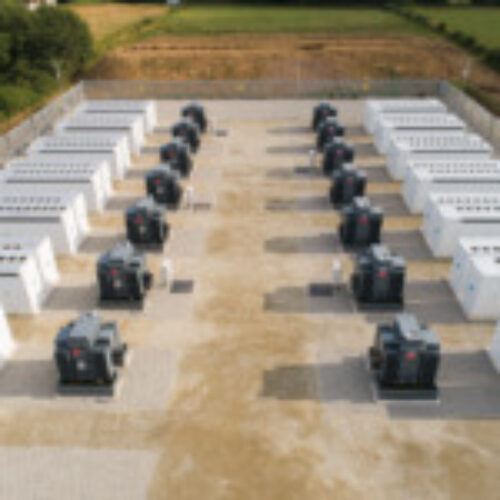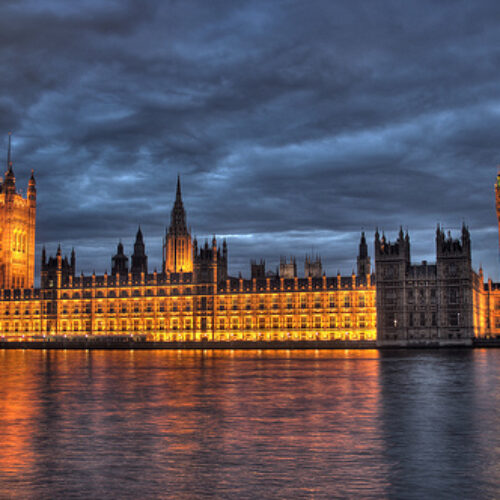New modelling by Cornwall Insight has predicted that Great Britain (GB) could become a net exporter of power to the European continent by the 2040s.
With increased interconnection expected in the 2020s and 2030s between the island and the Europe, there will be more routes for excess offshore wind power to be transported and consumed on the mainland.
James Brabben, wholesale manager at Cornwall Insight, explained how GB could see an “effective doubling of current interconnector capacity in a little over three years with new connections to France, Denmark and Norway”.
Brabben went on to detail how the current National Grid Interconnector Register shows up to 16GW of interconnection could be operational by 2025 and up to 25.4W by 2030.
“GB becoming a net exporter of power would be a real reversal of roles compared to the past decade. Our modelling of GB and EU markets shows how convergence in the generation mix of power markets across Europe will see more volatile flows over interconnectors. GB’s comparative advantage for offshore wind resources supports a vast build-out of the technology and could see greater flows of power to Europe as a result,” he said.
However, interconnectors tripping has led to a number of frequency events on the GB grid in recent years.
At the start of this month, the French interconnector tripped, leading to Flexitricity and Arenko being called into action as part of National Grid ESO’s new Dynamic Containment service.
The French interconnector also tripped in June 2019, with around 1GW of capacity falling off the system and grid frequency falling to 49.63Hz.
And in February 2020, the Nemo interconnector with Belgium tripped, with grid frequency dropping to 49.59Hz, despite it being the interconnector’s first month of operation.
However, Brabben praised increased interconnection as having the potential to “help facilitate” offshore wind moving to European markets, potentially “limiting the incidences of negative pricing and network constraint payments if the power can flow elsewhere”.
“As the generation mix of European countries converges towards cheaper renewables in the 2020s, it is logical to suggest that wholesale power pricing will do the same. Weather-related drivers are, therefore, likely to become a major factor in power prices and interconnector flows,” he said.
In the UK, high winds are likely to have an increasingly large influence on the electricity system as it pushes towards 40GW of offshore wind by 2030.





